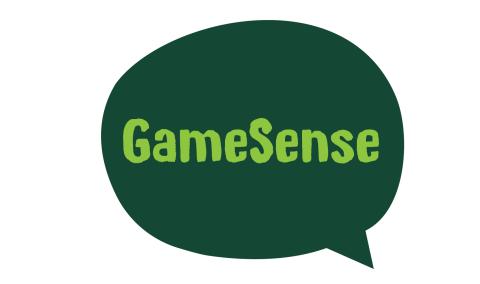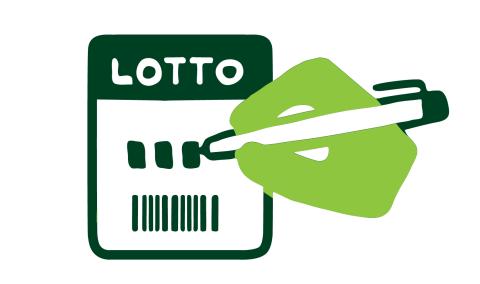Sports & Event Betting
Keep sports betting fun. Set a budget and stick to it.
You know sports but when it comes to sports betting, do you know when to take a shot or when to call a time-out?
Sports and events betting is the activity of predicting results and placing a wager on the outcome. This type of betting can be done through various means, such as online platforms, physical retailers, or even through informal arrangements among friends. Betting on sports is a fun way to be a part of the action without breaking a sweat.
Understanding the Bets
Once you’ve selected the sport or event you wish to bet on, it’s time to determine which type of bet you want to make. Different operators will offer various options, but they usually align within five main types.
Understanding the betsUnderstanding the Odds
While participating in sports and events betting, vendors and operators may present their odds in different formats including Decimal Odds, American Odds, and Fractional Odds. It’s important to understand what these odds represent and how they can calculate how much a winning bet could potentially pay out.
Understanding the oddsGame Set up
Each operator or retailer may have a different process to complete a bet slip whether in person or online, however most will follow a similar routine of:
- Select the sport or event and indicate which game(s) that you would like to make a bet on.
- Chose the type of bet that you wish to make.
- Click the amount you wish to wager.
- Confirm your bet and proceed to payment.
Variations
Sport Select
Sport Select is a collection of sports betting products offered through Western Canada Lottery Corporation that can be purchased on the Sport Select website or in person at lottery retailers across Alberta. Similar to other sports betting processes for selection and submissions, players will indicate their wager amount, their game or event number, as well as their outcome predictions for each of their selections. Once payment is completed, the wager is confirmed. Please be sure to follow the instructions listed for each specific type of wager to ensure your selections are valid.
Sport Select includes familiar bets such as Moneyline (Pro-line), Over/Under, Points Spread, Propositional, Futures, and an option to combine multiple types of bets for the same event. Another unique product offered through Sport Select is:
Pools
This game allows player to compete against one another with the goal of predicting the most correct outcomes in a group or “pool” of sporting events. Players will predict and wager on the outcome of every single game listed on a pre-built “pools” card. These cards list all the games for a specific sport being played on the same date and are viewable online or at lotto retailers.
A single wager for Pools only costs $5.00, however Pools offers a few different options within its game including the ability for players to “box” up to 4 games within a pool. For an additional $10 Dollars per box, players can choose to mark both teams in a match as a winner to support them in achieving the goal of Pools. Another option available to players is the ability to request a $5 quick pick ticket for their selected pool where the predictions will be randomly generated.
There is a prize pool for each card which will be awarded to the player or split amongst the players who had the highest number of correct predictions.
Sports & Event Betting Terminology
Action: A term used to mean a wager stands.
Accumulator: Is one bet made up of multiple selections that are combined in one bet.
Cash Out: A feature that allows you to settle your wager before the event is over. The value of the Cash Out is based on the current odds of the selection you wagered on as well as current circumstances in the event. The Cash Out amount could be greater or less than the original wager amount.
Combined Odds: When odds are offered for an outcome that is made up of two or more related outcomes.
Event: Refers to a match/game/tournament or any other special event that entails one or more markets and selections.
Favourite: The selection within a market that is the most likely to occur and has the lowest odds.
Futures: A long-term market not related to an individual match, such as the winner of a league championship.
Live Betting: Wagering whilst an event is in progress.
Market: Is the specific type or category of wager that contains selections available for wagering.
Moneyline: Moneyline is a market type that refers to the result of a match that includes overtime and shoot-outs. This bet is called Pro-Line when playing Sports Select.
Overtime / Extra Time: Additional innings, periods, overtime, or such other Extra Play as operators may specify under the rules and regulations of the league or body governing that game, but does not include Shoot-outs, if any.
Parlay: A type of wager that contains two Selections or more and each selection must win for the wager to win.
Payout: The amount of money returned to the player from a winning wager. This amount is the sum of the winnings and the original wager. In System Bets, the original wager is the unit amount per wager, not the total wager of the System Bet.
Proposition Bet: A wager on a game not directly tied to the actual outcome of the contest. There are props that have to do with a game, as well as the performance of the teams involved. Many of the most popular props revolve around the accomplishments of individual players.
Push: A result where a Player neither wins nor loses a wager. In a Moneyline market, a push occurs when the result is a tie, and no tie option was offered. In an Over/Under market, it is when the total points are exactly the Over/Under line. In the event of a push, a selection will be marked as void.
Related Outcomes: Where the outcome of one selection contributes wholly or partly to the chance of another. This could be within the same event or across multiple separate events.
Regulation Time / Full-Time: The period of play before any overtime.
Result: The outcome of a market for settlement purposes.
Settlement: The processing of results to resolve the wager and return any payouts.
Shoot-out: A series of shots taken by each participating team to determine results after Regulation Play and Extra Play, if any.
Stand: A term that means a wager is valid and will be settled according to the result of the event or market.
System Bet: A collective term used for several pre-set wager types that contain a series of wagers. For example, a wager which requires 3 Selections and contains 4 wagers (such as 3 x 2-pick Parlays and 1 x 3-pick Parlay).
Over/Under: A reference to a market type where the Player is required to select whether the total number of points/goals/runs etc. will be over or under a given line set by the operator.
Underdog: The selection within a market that is the least likely to occur and has the highest odds.
Void: A resulting term used when the selection neither wins nor loses.
Related Material

How to Play for Fun
Keep gambling fun and safe by only playing with the money you can afford to lose.

What's your playing style?
The Positive Play Quiz is a quick, anonymous tool designed for anyone interested in learning about their gambling habits.
Contact Us
Can't find what you are looking for? Contact GameSense today with any questions or call the GameSense Info Line at 1-833-447-7523
Learn More